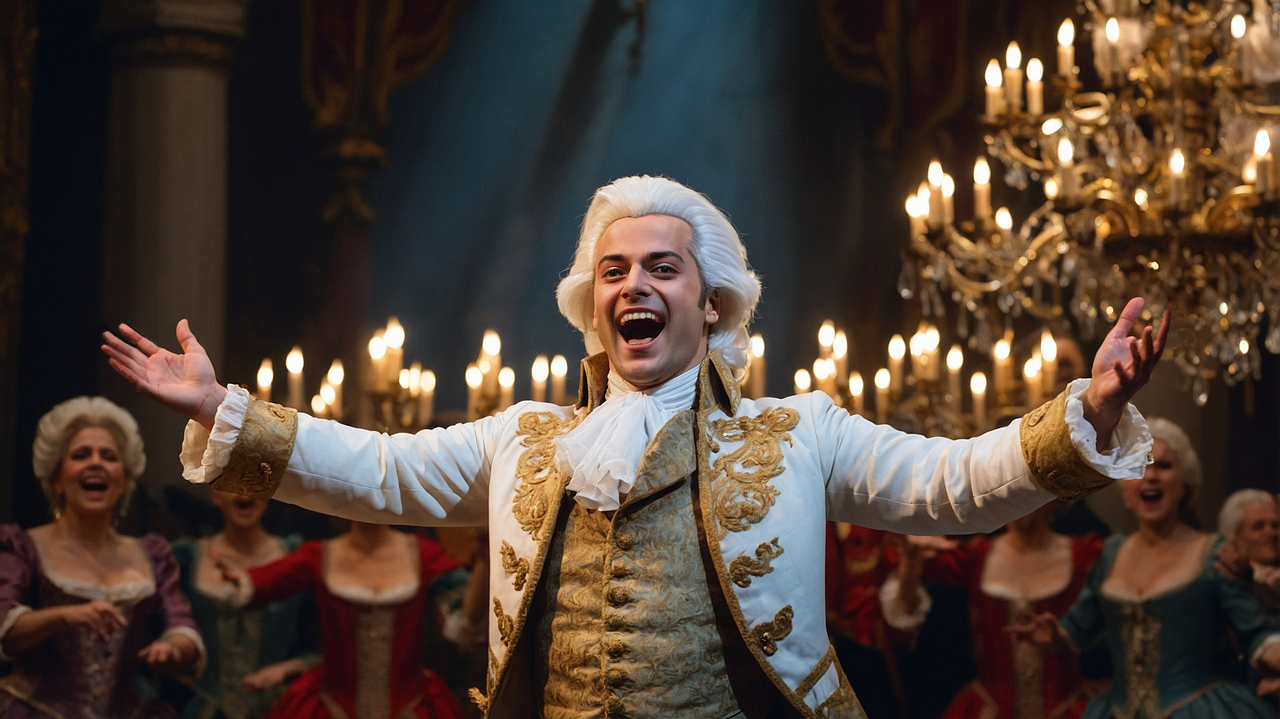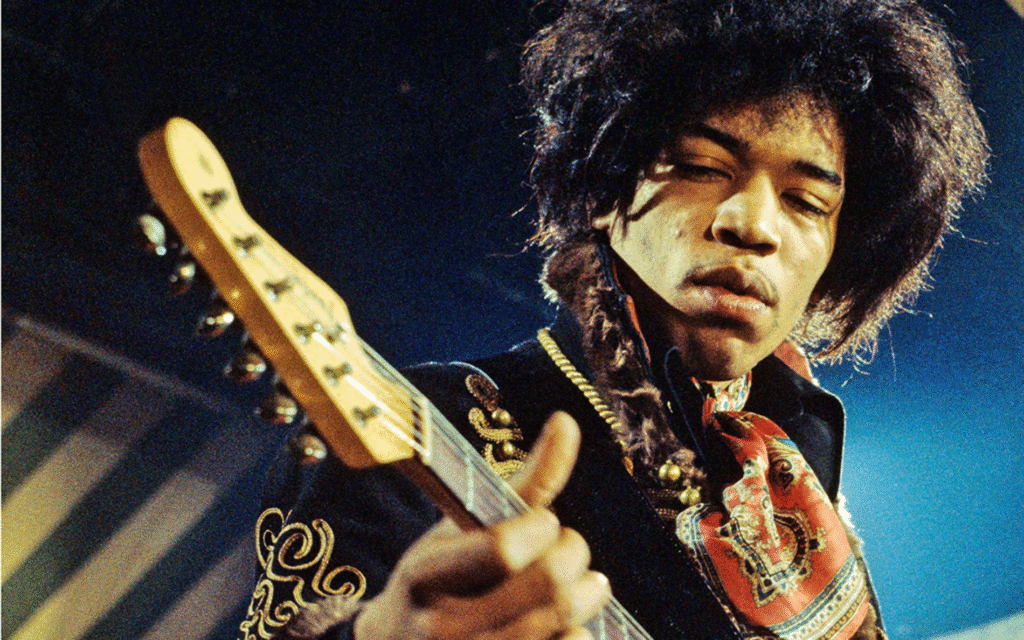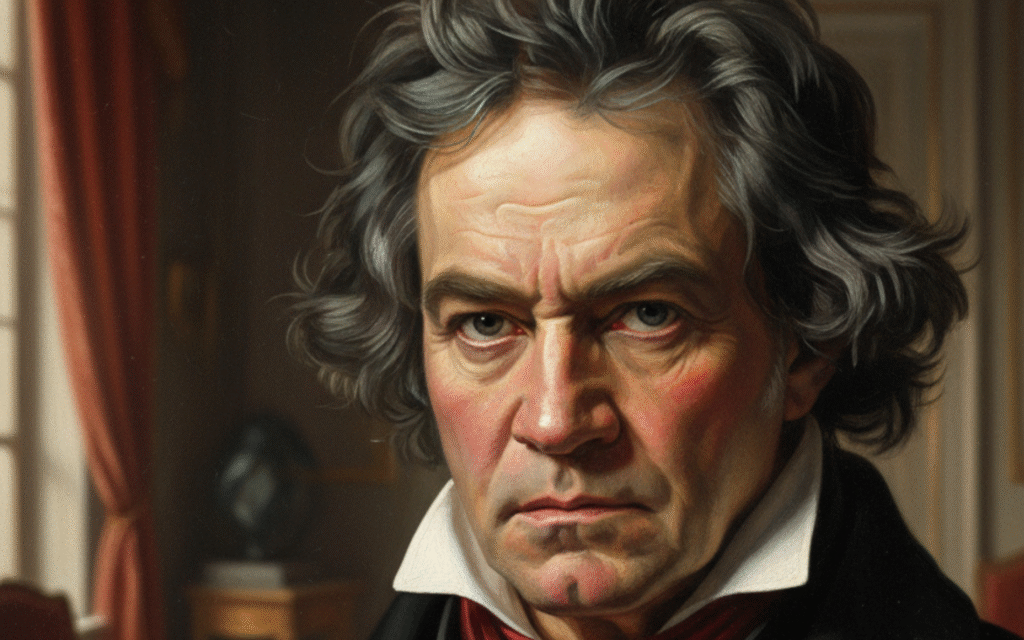Now Reading: Wolfgang Amadeus Mozart: The Maestro of Class
-
01
Wolfgang Amadeus Mozart: The Maestro of Class
Wolfgang Amadeus Mozart: The Maestro of Class

Article by Seshlin Naidu
The Classical Period music can be defined by many things. Balance. Proportion.
Harmony. Structure. All true but I see it as the era resp9nsible for my deep appreciation
for tuxedo’s and ballroom dancing. At the helm, steering us into a kind of regal elegance
so angelic I’m constantly floating, the man with a name so metal every time I say it my
crooked teeth get straighter. Wolfgang Amadeus Mozart.
Mozart was born on the 27 th of January 1756 in Salzburg Austria. He died on the 5 th of
December 1791. Though his life was relatively short, he took the word “procrastination”
and crumpled into a paper ball and threw it out the window! He’d proceed to race down,
grab that same piece of paper and write the kind if music that would be described as
melodic beauty. At the age of 5, Mozart was already competent on both the keyboard
and violin. At 17, a very well travelled Mozart was a musician at the Salzburg Court bit
like any artist, he grew hungry fir more. He’d go on in search of greener pastures in
places like Paris, Manheim, Munich and even Salzburg. In this time he’d rite husband 5
Violin Concertos. Sinfonia, Concertante and Concerto for flute and harp. In 1781,
Mozart visited Salzburg and was dismissed from his position on the court. He lived in
Vienna where his popularity grew at a rate so wonderful you’d think the financial growth
would be equally wonderful. It was not. In this time Mozart would productive iconic
pieces of work like hid opera, Due Entführung aus dem Serail, The Great Mass in C
Minor, the Haydn Quartets and a numerous amount of Symphonies.
As a composer Mozart had a lot of flexibility. He wrote in a variety of ways that crossed
multiple genres. Those genres included Opera, Symphony, the solo concerto string
quartets and string quintet (chamber music) and the piano sonata. These forms bad
been around for a while but with a vision looking deeper into the soul if these genres
that were advanced and now carries a deeper sophistication and emotional reach.
In his last 10 years Mozart would rely in Chromatic Harmony. This is using chords
containing notes outside the prevailing diatonic (key) scale to add tension, colour and
expressions to music. We hear this in String Quartet in C Major, k.465 which was
released in 1785. As Mozart got older he used more features he’d seen from Baroque
styling. This added a kind of depth and complexity to his work that had never been seen
before. We see from this the sheer scale of Mozart’s mastery of all the style as well as
his understanding of his own unique voice and using it to stand out.
Mozart left quite the impression on me growing up. It felt at any point in a show or movie
I would hear either his name or his work. I was always left wondering “who is this guy
and why can I not escape his name.” Over the years that question would be answered
bit by bit to the point Everest I was not only aware of Mozart but I was a fan.
My favourite part about this is, so are you. In some way, shape and/or form you have come into contact with Mozart’s music. A prolific example is song Requiem aka The Requiem in D Minor, K26. A Song heard all across Tiktok. Mozart’s parents were Leopold Mozart and Anna Maria. He was the youngest of 7 children. 5 of which passed away in infancy. Mozart was a man of many talents and had a variety of pleasures. He engaged in billiards, dancing and had pets like a canary, a starling, a dog and a horse. Having travelled across all of Europe its no surprise that he was fluent in Latin, Italian and French. Mozart was Catholic and stayed devout throughout his life.
Mozart was married to a woman by the name of Constanze Weber. The courtship was
not easy. In fact I think enjoyed of Bridgerton will fibs thus very interesting. It is believed
Mozart had briefly broken up with Constanze due to some jealousy. In a game,
Constanze had allowed another man to measure her calves! On top of this egregious
breach of trust Mozart also struggled with getting permission for the marriage fro. His nit
very approving father. The drama intensified as Constanze would move in with Mozart
which fir the time was not allowed. In fact, it’s stated by Constanze’s own sister Sophie
that their mother, would have the police collect Constanze if she did not go home on her
own accord. As tome woukd go on, things would settled. They married on the 4 th of
August 1782 in St. Stephen’s Cathedral.
While in Prague debuting his new opera La Celenza Di Tito on the 6 th of September
1791, Mozart fell ill. It was written and commissioned for the coronation of Emperor
Leopold II. Though sick, Mozart would continue to work even premiering The Magic
Flute on the 30 th of September. Sadly by November 2pth, he was bedridden, engulfed by
pain, swelling and vomiting. In his final days, Mozart was nursed and cared for by his
wife and her youngest sister until his passing on the 5 th of December 1791 at the age of
35. His influence is seen and felt in artists decades beyond his own life in the likes of
Beethoven, Freddie Mercury, Clean Bandit and as I hope you realise, you. Music lives in
all of us. In every breath we take, every laugh laughed and every tear shed. Suffice to
say, I love music.
Reference: https://www.vialma.com/en/articles/205/Wolfgang-Amadeus-Mozart:-the-
young-genius
https://www.britannica.com/biography/Wolfgang-Amadeus-Mozart






















